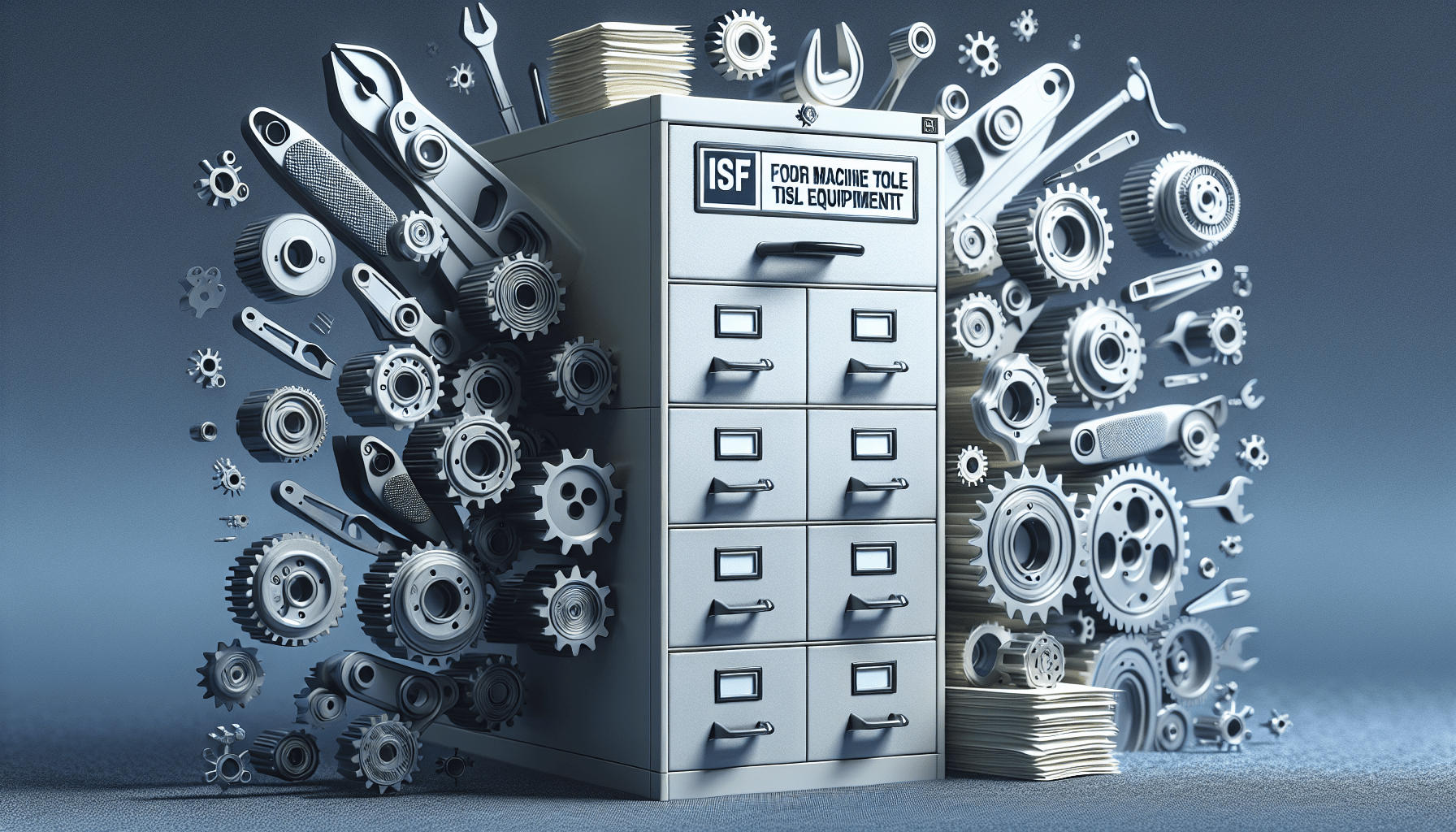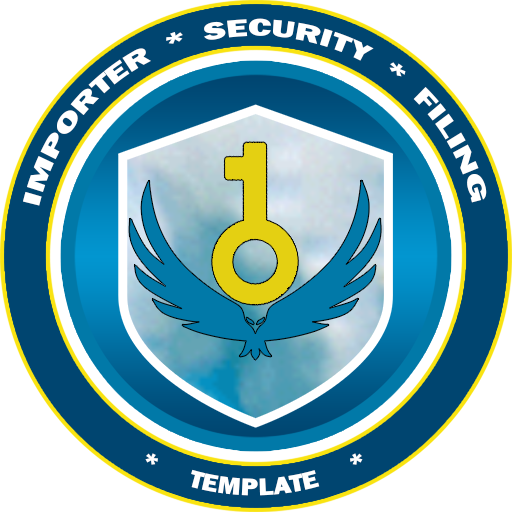How And When To File ISF For Machine Tool Equipment
How And When To File ISF For Machine Tool Equipment
Have you recently purchased machine tool equipment from overseas and are unsure about the ISF filing requirements? Understanding the process of filing an Importer Security Filing (ISF) for machine tool equipment is crucial to ensure a smooth customs clearance process. Let’s dive into the details of how and when to file ISF for machine tool equipment.

What is an Importer Security Filing (ISF)?
First things first, let’s demystify the concept of an Importer Security Filing (ISF). An ISF is a mandatory electronic submission of information to U.S. Customs and Border Protection (CBP) for shipments being imported into the United States by ocean freight. This filing must be submitted at least 24 hours before the cargo is loaded onto the vessel at the foreign port of origin.
What information is required in an ISF?
When filing an ISF for machine tool equipment, you will need to provide specific information such as:
- Seller (name and address)
- Buyer (name and address)
- Manufacturer (name and address)
- Ship-to party (name and address)
- Container stuffing location
- Consolidator (name and address)
- Importer of record number
- Consignee number
- Country of origin
- Commodity Harmonized Tariff Schedule (HTS) code
- Container stuffing location
- Consolidator (name and address)
Make sure to have all this information handy when preparing to file the ISF for your machine tool equipment.
When is ISF Filing Required for Machine Tool Equipment?
Now that you understand what an ISF is, let’s talk about when you need to file it for machine tool equipment. ISF filing is required for shipments being imported into the United States by ocean freight. Here are the key timelines to keep in mind:
- ISF-10+2: The ISF must be filed at least 24 hours before the cargo is loaded onto the vessel at the foreign port of origin. This rule applies to shipments consisting of machine tool equipment.
Exceptions to the ISF Filing Requirement
There are certain exceptions to the ISF filing requirement for machine tool equipment. These exceptions include:
- Foreign Trade Zones (FTZ): Shipments destined for a Foreign Trade Zone are not subject to ISF filing requirements.
- Immediate Exportation (IE): Shipments being entered for immediate exportation are also exempt from ISF filing requirements.
Before determining whether your machine tool equipment shipment falls under any of these exceptions, consult with your customs broker or freight forwarder for guidance.

How to File ISF for Machine Tool Equipment
Now that you know when ISF filing is required for machine tool equipment, let’s discuss how to actually file the ISF. There are a few key steps in the ISF filing process that you need to be aware of:
-
Obtain ISF Filing Software: To submit an ISF for your machine tool equipment, you will need to use approved ISF filing software. This software will help you input the required information and submit the filing electronically to CBP.
-
Gather Required Information: As mentioned earlier, make sure to gather all the necessary information for your machine tool equipment shipment before starting the ISF filing process. Having all the information readily available will streamline the filing process.
-
Submit the ISF Filing: Once you have inputted all the required information into the ISF filing software, you can submit the filing electronically to CBP. Make sure to double-check all the information for accuracy before submitting.
-
Monitor ISF Status: After submitting the ISF for your machine tool equipment, it’s important to monitor the status of the filing. You should receive an electronic response from CBP confirming the acceptance of the ISF.
By following these steps, you can effectively file an ISF for your machine tool equipment and ensure compliance with CBP regulations.
Common Mistakes to Avoid When Filing ISF for Machine Tool Equipment
Filing an ISF for machine tool equipment can be a complex process, and there are several common mistakes that importers should avoid. Here are some of the most common pitfalls to watch out for:
-
Incorrect Information: Providing inaccurate or incomplete information in the ISF can lead to delays in customs clearance. Make sure to double-check all the information before submitting the filing.
-
Late Filing: Missing the 24-hour deadline for ISF submission can result in penalties and delays in cargo clearance. Make sure to file the ISF in a timely manner to avoid these consequences.
-
Failure to Monitor ISF Status: Once you submit the ISF for your machine tool equipment, it’s important to monitor the status of the filing. Failure to do so can result in missed communications from CBP.
By being aware of these common mistakes and taking proactive measures to avoid them, you can ensure a smooth ISF filing process for your machine tool equipment shipments.
Penalties for Non-Compliance with ISF Filing Requirements
Non-compliance with ISF filing requirements can lead to significant penalties and fines imposed by CBP. Importers who fail to comply with ISF regulations may face the following consequences:
-
Monetary Penalties: CBP can assess monetary penalties for each violation of ISF regulations. These penalties can vary depending on the severity of the violation.
-
Cargo Delays: Failure to file the ISF in a timely manner can result in delays in customs clearance and delivery of your machine tool equipment.
-
Cargo Holds: CBP has the authority to place holds on shipments that do not have a valid ISF on file. This can disrupt the supply chain and result in added costs for the importer.
To avoid these penalties and consequences, make sure to comply with ISF filing requirements for your machine tool equipment shipments.
Conclusion
Filing an ISF for machine tool equipment is an essential step in the customs clearance process for imports into the United States. By understanding the requirements and deadlines for ISF filing, you can ensure compliance with CBP regulations and avoid penalties for non-compliance.
Remember to gather all the necessary information for your machine tool equipment shipment, use approved ISF filing software, and monitor the status of the filing to ensure a smooth process. By following these guidelines and avoiding common mistakes, you can streamline the ISF filing process and expedite the customs clearance of your machine tool equipment.
